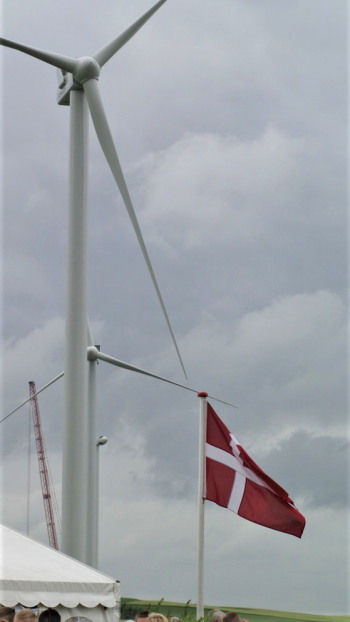EMD-API - Wind Energy Index Service

Introduction
The wind-energy-index service is available as a global service - providing reliable wind-index information for any part of the world. The service is available from a REST / OPENAPI interface. This page describes how to install the service - and how to consume it from a python client. Resources for the OpenAPI standard and the data model are here:
- OpenAPI-standard - at Swagger / Smartbear
- OpenAPI Specification and Data Model - at GitHub.
Please note:
- This EMD-API introduction is aimed at programmers, modellers or analysts who are working with machine-driven interfaces and workflows, typically using programming languages like python or R.
- Also note, that we provide a python (jupyter notebook) example to get you kick-started in using our API-services and to integrate towards your own services and tools.
Access
The API is currently (December 2020) in beta-release. To see more documentation and to access the data-services, please visit the API through the following URL's:
- EMD-API Overview (Wiki) - here.
- EMD-API Main Page (API) - here.
- EMD-API Wind Energy Index UI (API) - here.
Any tehnical questions on our Wind Energy Index Services can be addressed to our Senior Wind Energy Consultant Henrik S. Pedersen: hsp@emd.dk.
Data Model - Wind Energy Index Serivice
The EMD wind-energy-index service is documented in a REST based API using the OpenAPI Specification. You can view the interfaces and download the interfaces as json or yaml, here. The service provides the following functionality:
- List Turbines: Available turbines with their identification ID. The list is private and will return all turbines connected to your account.
- Turbine Details: Name, data-availability, hub-height, position-latitude, position-longitude, power-curve, control-strategy, rated-power, training-start, training-end, time-zone.
- Wind Energy Index Data: Month-wind-index, month-anomality-index, month-predicted-production, 3-month-running-average-index., 12-month-running-average-index
- Request data for all months between 1990 and present
- Request data for specific month between 1990 and present
Python - Installation
The simplest way to use the EMDAPI with python is to install the client software in a virtual environment. If you are using CONDA or MINICONDA, we recommend that you create a new virtual environment and use a recent 3.x version of python. When the virtual environment is created, then activate the environment.
Open your Anaconda Prompt. Copy-paste the following lines:
conda create -n emdapiwindindex python=3.8.5 conda activate emdapiwindindex
Install the required packages needed in order to do data-science and use the examples provided within the jupyter notebooks. We have have validated this setup using specific package versions (used in the commands below).
In the Anaconda Prompt, copy-paste the following lines, one by one:
conda install -c conda-forge pandas=1.1.0 numpy=1.19.1 conda install -c conda-forge jupyter=1.0.0 ipykernel=5.3.4
Download the zip-file holding the OpenAPI python client for the emdapi wind-index-service.
Unpack the file and install it within your virtual environment:
In the Anaconda Prompt: Move to the folder, where you have unpacked the zipped file. Copy-paste the following line:
python setup.py install
Make sure that the new emdapi virtual enviroment (python-kernel) is available to be used with jupyter-notebook environment:
python -m ipykernel install --user --name=emdapiwindindex